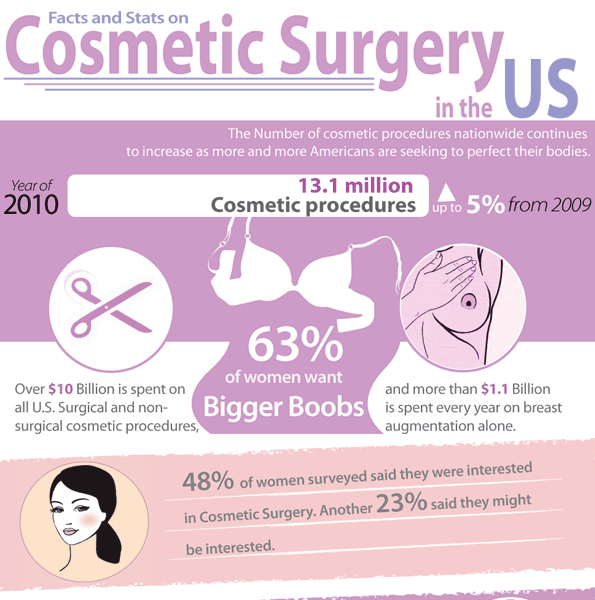How Often Should You Exfoliate Acne Prone Skin
How Often Should You Exfoliate Acne Prone Skin
Blog Article
Ideal Ingredients For Acne-Prone Skin
Benzoyl peroxide kills bacteria that trigger acne and assists get rid of excess oil. It additionally aids decrease the appearance of dark spots that remain after pimples clear.
Avoid components that block pores, like mineral oils, and go with moistening active ingredients that aid smooth skin. Look for these four best anti-acne ingredients.
Willow Bark Extract
Willow bark essence is a natural source of salicylic acid. When utilized at cosmetic concentrations, it can trigger a similar impact as synthetic salicylic acid without its disadvantages (primarily inflammation).
The essence consists of prodrug salicin, which is quickly metabolized to the energetic compound, acetylsalicylate. Its anti-inflammatory and analgesic impacts come from this metabolite, together with other chemical elements of the plant such as phenolic acids, flavonoids, and polyphenols.
It likewise has sedative homes, which make it efficient in treating chronic pain and rheumatic conditions such as osteoarthritis. Nonetheless, due to the fact that it has chemicals that resemble pain killers, individuals that have a recognized allergy to aspirin should avoid willow bark supplements. It can also connect with a variety of medicines, including aspirin and other nonsteroidal anti-inflammatory drugs (NSAIDs) and cyclooxygenase preventions, such as advil (Advil, Motrin), and might enhance the risk of stomach bleeding. It can additionally connect with some diuretics (water tablets) and can boost blood levels of certain drugs, such as phenytoin (Dilantin).
Kaolin
Lengthy prior to AHAs, BHAs and many other ingredients, beauty fanatics turned to among the most effective ingredients to aid stop breakouts: kaolin. Kaolin clay is naturally adsorbent, which helps to draw excess oil and pollutants from skin. It is utilized in makeup, cosmetics, day spa body treatments, and as a mild rough in toothpaste. It's also made use of in vet medicinal products to deal with digestion problems and in poultices for dealing with wounds.
This mineral clay can be white, yellow, pink or red (red kaolin indicates a high focus of iron oxide) and is commonly mixed with green tea entrusts to develop a relaxing face mask. It can also be located in face cleansers and is particularly useful for those with mix or oily skin.
Geige recommends looking for straightforward formulas without pore-clogging ingredients, such as alcohol, which can create your skin to overproduce oil in an effort to compensate, bring about breakouts. Instead, try to find a product which contains fatty alcohols like cetyl or shea, as these are much less drying.
Salt Ascorbyl Phosphate (Vitamin C).
Sodium Ascorbyl Phosphate (or SAP, for short) is the "badass all-natural acne treatment" no person's discussing. It's a water-soluble form of Vitamin C that can be made use of in higher focus than its older sibling, L-Ascorbic Acid, without becoming unpredictable or oxidizing rapidly.
Research reveals that it has antioxidant residential or commercial properties and can help in reducing discoloration. It can also work at rebalancing sebum production and battling acne-causing bacteria.
Specialists agree that skin with acne need to be treated with components that both exfoliate and relieve. Look for items that include alpha and beta hydroxy acids (AHAs) to break down dead skin cells and unblock pores, as well as anti-inflammatory components like niacinamide. Also, try to find oil-free, non-comedogenic moisturizers that do not clog pores. You'll additionally want to include mesotherapy ingredients that work at killing germs, such as zinc sulphate and benzoyl peroxide. Lastly, do not use components that contain occlusive representatives, such as dimethicone and cyclomethicone, which can create a greasy movie on the skin and blockage pores.
Aloe Vera.
There are a handful of medically shown active ingredients-- like salicylic acid, benzoyl peroxide, retinoids and niacinamide-- that have been revealed to help treat acne by unclogging pores, eliminating bacteria, regulating oil and speeding up skin cell turnover. Even more natural choices like tea tree oil and aloe vera also have antimicrobial, anti-inflammatory and calming properties.
Referred to as the 'plant of everlasting life,' Aloe vera is a deep eco-friendly cactus-like plant which contains a gel inside its leaves and can be discovered in sunburn solutions, cosmetic items and restoratives that promote intestinal wellness. However the plant is likewise renowned for its pharmacological and medicinal buildings, and scientists at the Royal Botanic Gardens in southwest London are examining its several claimed restorative advantages-- including the anti-inflammatory residential property of the gel inside the leaf, the capability to manage blood sugar and cholesterol levels and its function as a reliable burn wound therapist. They are also delving right into the plant's transformative history to identify what various other plants it could be closely pertaining to that can share several of its valuable properties.